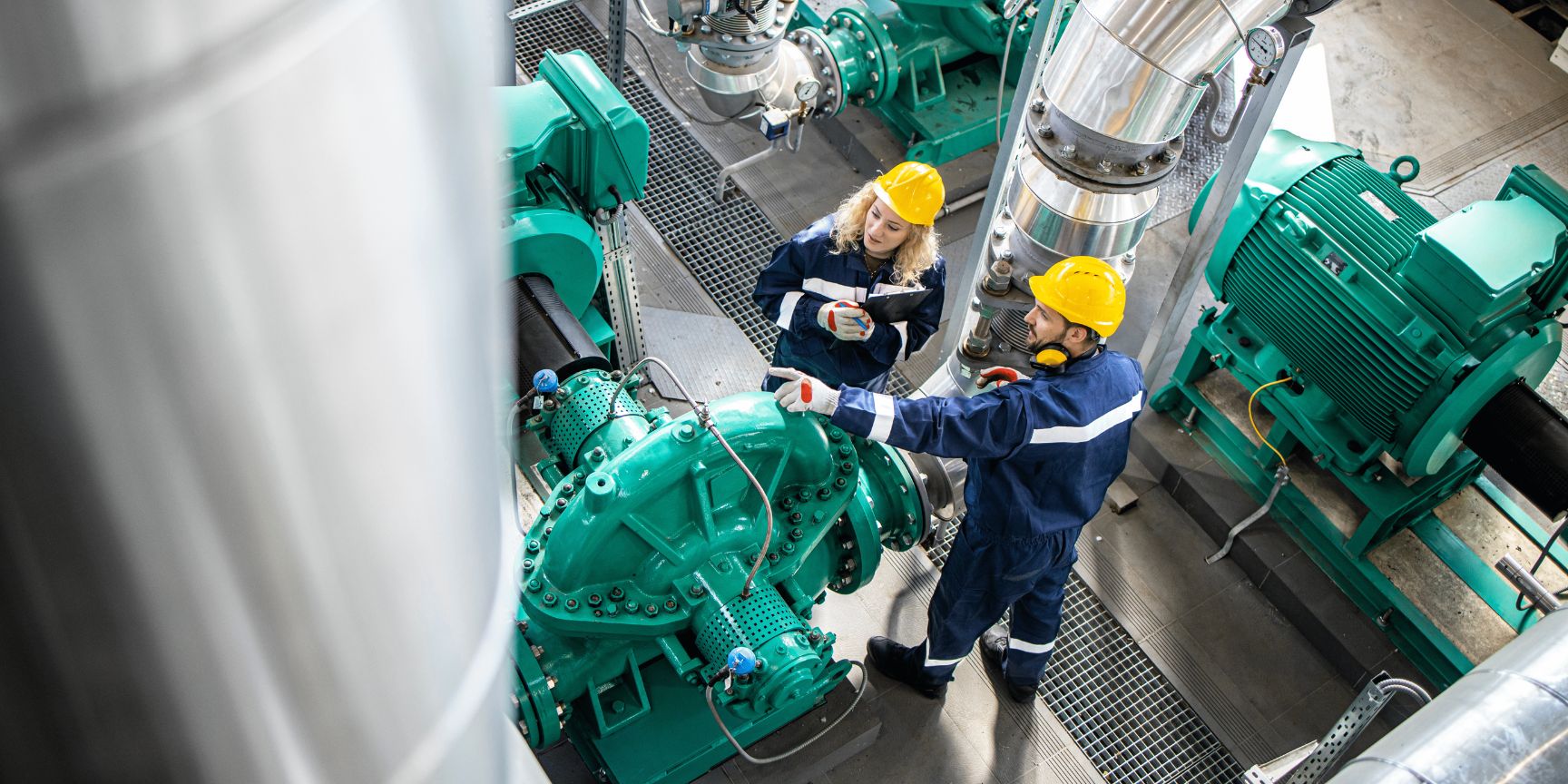
Energy efficiency is the lowest-cost decarbonization resource – as long as the savings persist. If an initiative cuts demand by 10 kW, it can save a whopping $240,000 and 1,700 metric tons of CO2e up to 2050. But what if the savings disappear in just six months? That’s a mere $4,400 and 30 tons saved. The challenge is clear: how does one maintain these savings amidst ever-changing team members, operations, and schedules?
Enter Cascade Energy, your ally in persistent energy savings. We endorse a tri-fold approach:
The mantra here is simple: “If you can’t measure it, you can’t manage it.” Measuring energy savings is notably hard at industrial plants. High-performing energy teams find savings from hundreds of opportunities across the plant, and measuring the ongoing results from each individual project is time-consuming. A lower-cost alternative is to measure at the meter, or submeter, and normalize consumption by variables that affect energy, like production and weather. This normalized energy intensity model can detect when energy performance slips.
Energy intensity models are not an immediate warning system. Industrial plants are dynamic, so it may take weeks or months to identify a worsening trend. Detecting backsliding after a month can save tens of thousands of dollars compared to waiting a year to see an annual trend. Just one instance of early backsliding detection can pay for this ongoing monitoring system.
When an energy intensity model detects performance backsliding, the next step is to troubleshoot the source. Submetering is a useful tool to isolate a business unit or significant energy user, but retrofitting and maintaining equipment-level submetering is costly.
Bottom-up verification is often the next step to identify the source of backsliding.
Unearthing the root of underwhelming energy performance without a structured approach is futile. Hence, for every energy project, we advise two crucial steps:
For every completed energy project, it’s essential to have a continuous strategy in place to ensure the energy savings are maintained. Let’s take the example of the energy team’s initiative where they set the warehouse lights to automatically turn off at night. However, once a week, the cleaning staff needs to keep the lights on longer for cleaning. Occasionally, they forget to reset the lights after their work. To prevent this oversight, the persistence strategy could be as simple as updating the cleaning crew’s checklist to include a reminder to revert the light settings.
The verification check is an audit that quickly determines if the project is still saving energy. We call these checks Energy Standard Operating Conditions (ESOCs). ESOCs define the key setpoints, procedures, and parameters required to maintain peak efficiency. They can be simple manual verification checklists, or key checks can be integrated into existing control systems. Examples of ESOCs include defining an air compressor setpoint, an HVAC occupancy schedule, a damper position, or an equipment sequencing order. This check gets added to the ESOC checklist, which should include what needs to be verified, and where it should be verified. For example: Visually verify the setpoint of 95 psig on the air compressor control screen. Using the same warehouse lighting example, the check could be to walk into the warehouse to visually verify that the lights are off after 6pm.
By combining top-down backsliding detection with bottom-up verification, energy teams can identify when energy performance is worse than expected, and then run through checklists to ensure key energy-using equipment and systems are operating as intended. If a check on the ESOC checklist fails, that equipment, system or procedure is not operating at its intended efficiency. Why did operating conditions change? Who changed them? What needs to happen to make these savings more persistent? These are questions for the energy team to address.
Addressing energy performance backsliding is rarely simple. There are a thousand valid reasons why a stakeholder might need to operate a system less efficiently than defined in the ESOC. Efficient performance will always erode without an effective energy team to detect backsliding, identify the source, and resolve the root cause. Establishing and supporting an energy team is an investment that pays for itself many times over in the form of avoided backsliding. The people on this team need the cross-functional expertise, tools, and processes to take ownership of savings persistence.
Let’s say the night shift needs to run two parallel packaging machines, whereas previously they only ran one. With one machine, the 90 psig air compressor setpoint was never a problem. But now with two machines running, they occasionally shut down with a low air alarm. So the night production manager raises the compressor setpoint to 95 psig to keep the line moving. Problem solved! It’s easy for a change like this to fly under the radar, but the higher setpoint could easily cost $10,000/yr or more.
Alternatively, perhaps the feeder line from the main air header is undersized and causing too much pressure drop. Replacing 10 ft of compressed air piping might solve this problem and pay for itself with one month of electricity cost savings. The night production manager has many fires to fight, so will take the path of least resistance of raising the compressed air setpoint. The energy team’s responsibility is to identify and sponsor the more cost-effective solution of upsizing a feeder pipe.
A leading national foodservice supplier has prioritized energy efficiency, targeting both cost savings and sustainability. They’ve adopted advanced tools, processes, and training to enhance and maintain their energy efficiency, leading to impressively low energy and carbon costs.
Here’s how they did it:
Now, with advanced reporting tools, they can swiftly detect and rectify any decline in energy performance. Their team is well-equipped with the knowledge and training to uphold efficiency standards. Thanks to this savings persistence system, they’ve saved millions in energy costs by promptly tackling any efficiency drops.
Reach out to our energy experts to learn more about how you can achieve persistent energy savings today!